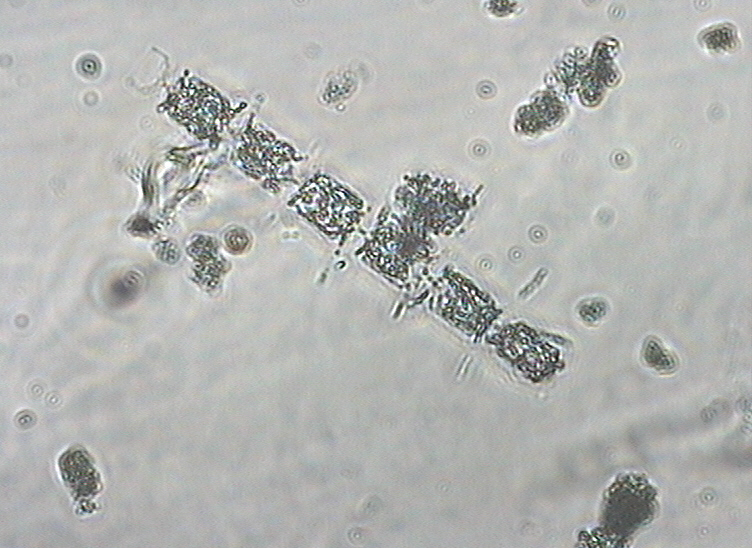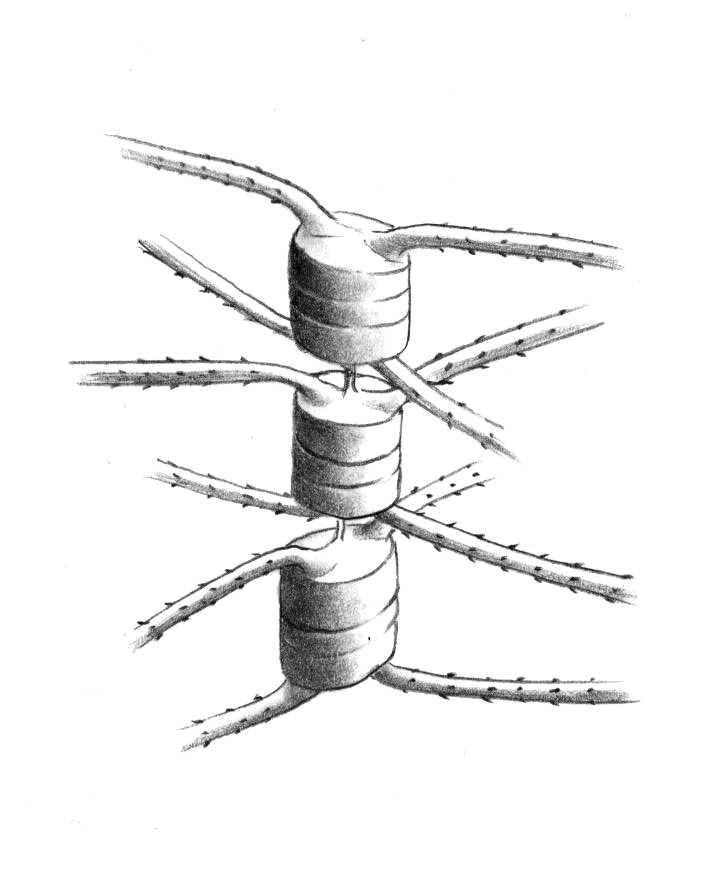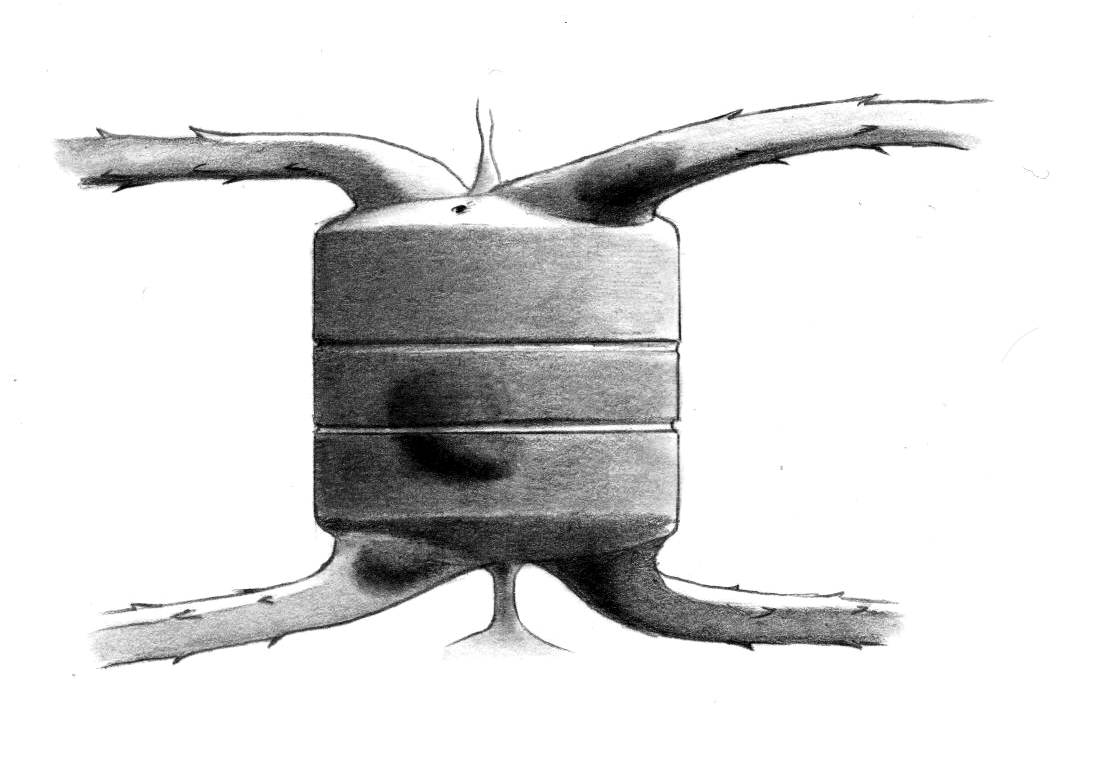
Species details
The cells form colonies of short straight chains of between two and six cells. In girdle view the valve, which has a high mantle, appears hexagonal, with a central process linking adjacent cells. In valve view it appears elliptical to circular in shape, with pores arranged randomly on the surface. On each valve, in a non-central position there is a rimoportula with a short external tubule. Both the intercalary and the terminal setae originate from the corners of the cells; they have a short basal section, do not touch each other and are perpendicular to the axis of the colony. In cross section they have 4-5 sides and large spines on the edges. There are numerous chloroplasts in both the cell and the setae.
- Apical Axis: from 10 to 37 µm
Common in warm waters.
Distribution: in Europe: Croatia (Vilicic et al. 2009); in Asia: Russia (Shevchenko et al. 2006).
Easily identified by the shape of the apertures between adjacent cells (foramina).
Toxicity:Not reported.
Resistence Stages:Not reported.
Remarks on the marine Diatomaceae found at Hong Kong, with descriptions of new species., Transactions of the Microscopical Society of London, New Series 12, Lauder H.S., 1864, 75-79. .
The genus Chaetoceros (Bacillariophyta) from Peter the Great Bay, Sea of Japan., Botanica Marina 49:, Shevchenko O.G., Orlova T.Y.,Hernandez-Becerril D.U., 2006, 236-258.
Composition and annual cycle of phytoplankton assemblages in the northeastern Adriatic Sea., Botanica Marina 52(4), Vilicic, Djakovac, Buric, Z. & Bosak, 2009, 291-305.

_635192538620010000.jpg)
_635192536546170000.jpg)




